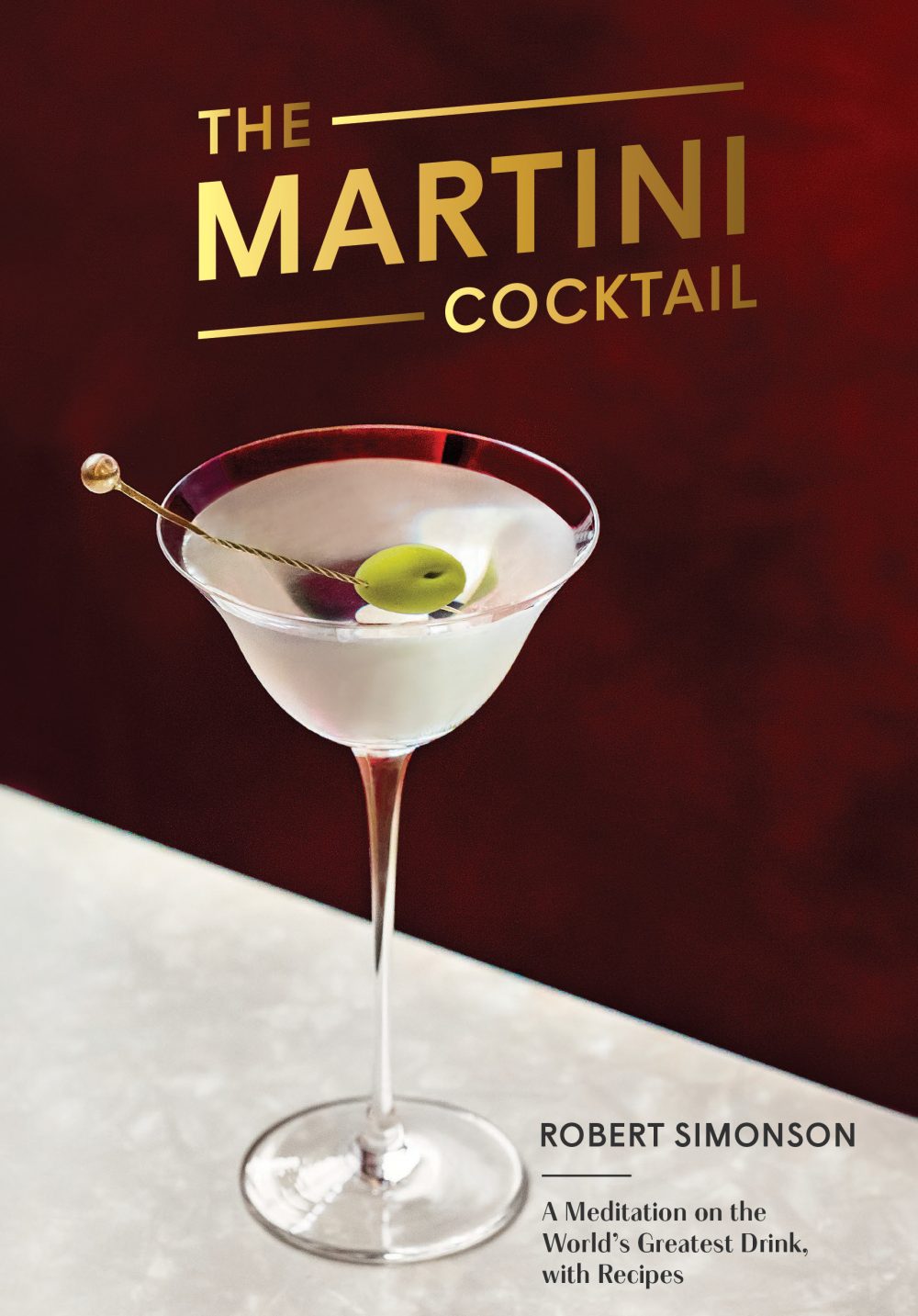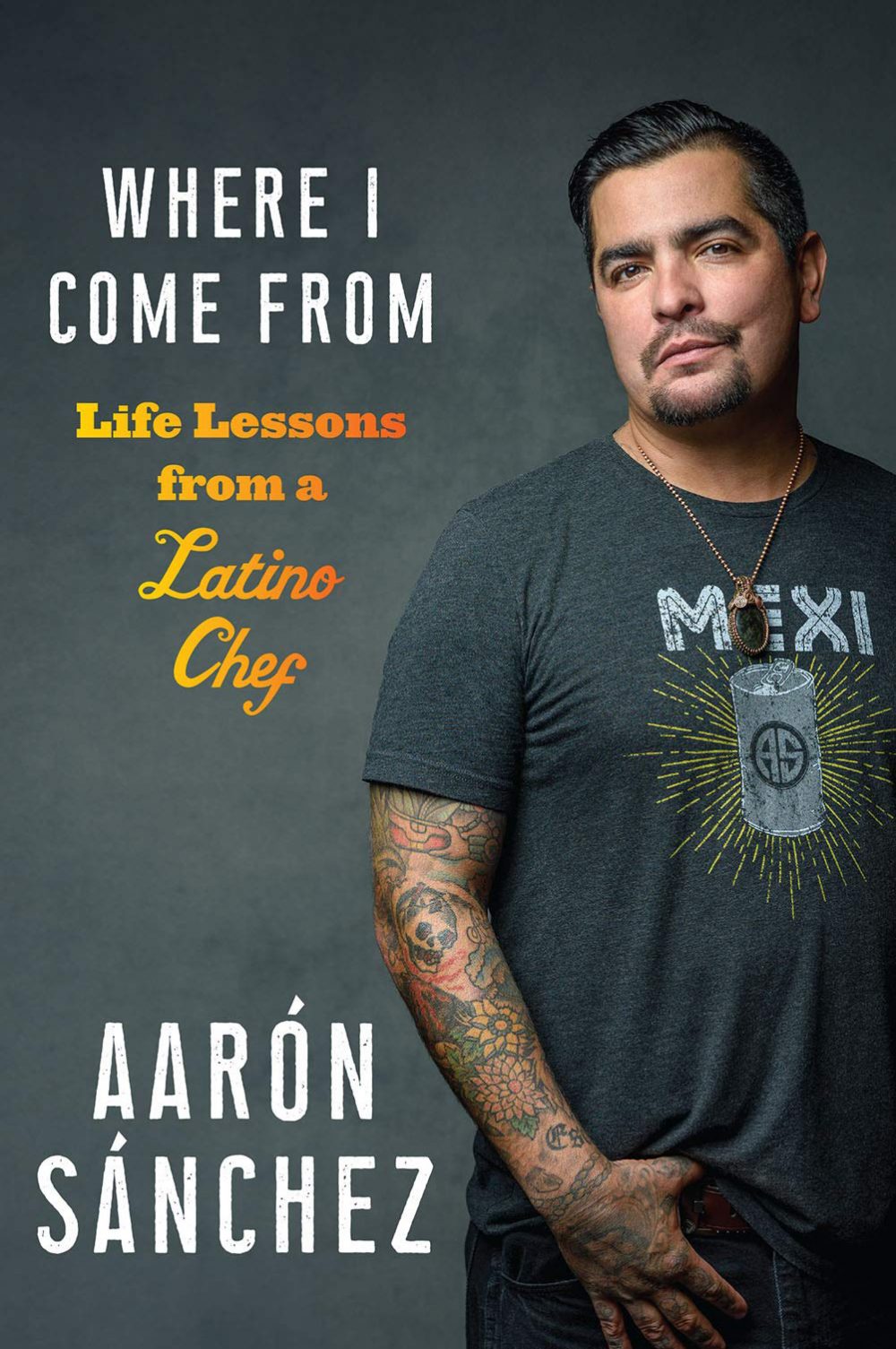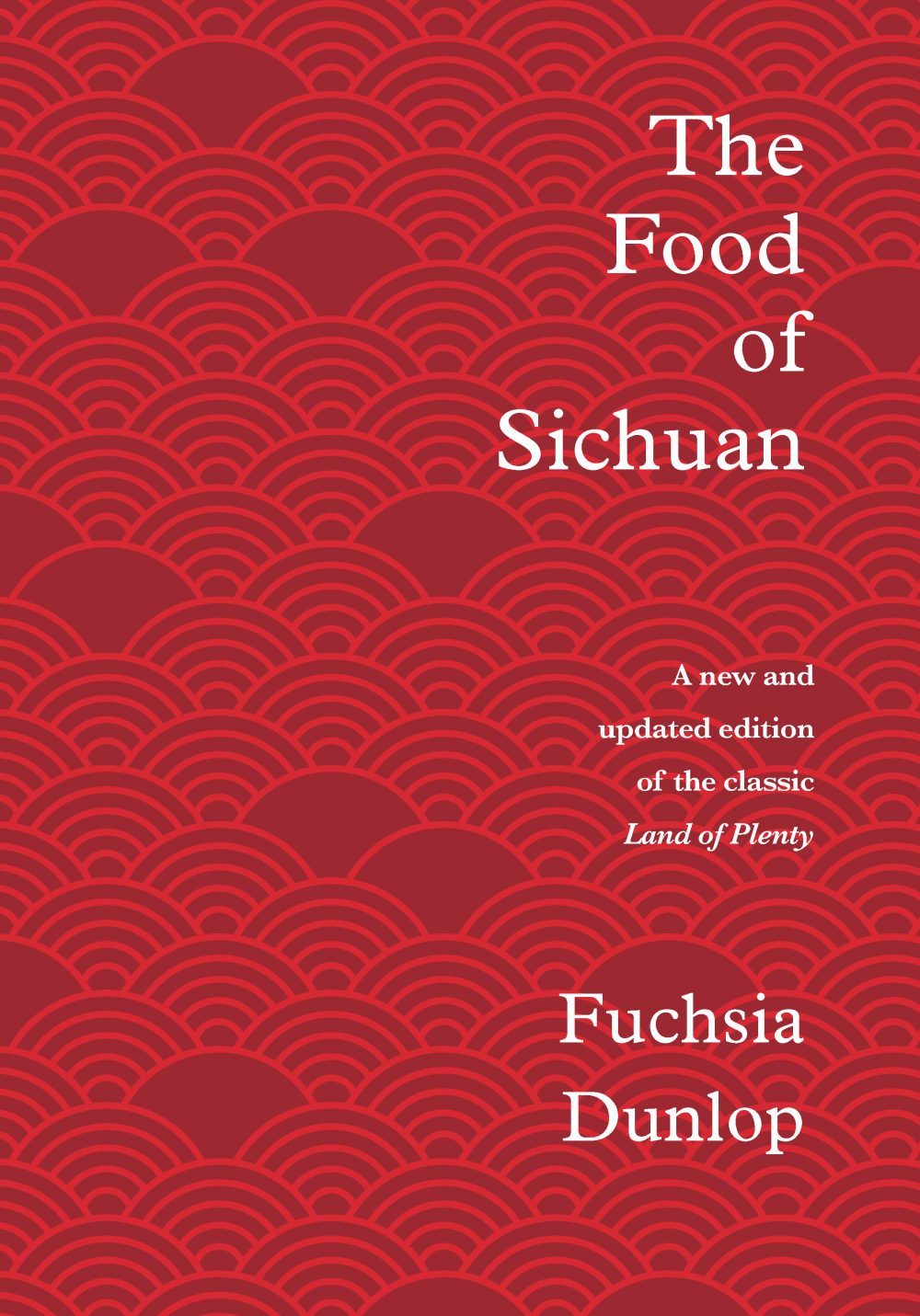
The Martini Cocktail
Robert Simonson grew up on martinis. That is, his dad drank them on the rocks using the cheapest gin he could find. With this rather shabby start in a life dedicated to the martini, Simonson has come a long way, sending back specimens that are poorly made and diving headfirst into the history, lore and variations that make the martini the most celebrated of American cocktails. According to the author, its many colorful origin stories are lies, including one involving John D. Rockefeller and another ascribed to the town of Martinez, California. Of special note is that the martini is the only cocktail that is ordered by aficionados like a steak—the martini is “dry” and the steak is “rare.” Ian Fleming did his bit (shaken, not stirred), but Simonson notes that in 2013, a group of U.K. physicians reviewed Bond’s alcohol consumption and determined that he would have died at age 56, exactly the age Fleming expired. The recipes are lovely, including the Harry’s Bar Martini, made with a 15-to-1 ratio, and the Sakura Martini, made with sake and a cherry blossom floater. One comes to realize that just about everything has been added to the martini over time, from caper berries to shiso leaves. Even the simplest cocktail isn’t simple.
Aarón Sánchez started life in El Paso, Texas. But all of that changed when his mother, Zarela Martinez, herself a well-known restaurateur, packed him and his brother into a van and drove to New York City. His early teenage years were rebellious. At 16, he ended up in New Orleans working for Paul Prudhomme, who helped him sort his priorities—the iron rule was that restaurant work always came before girls. He eventually returned to New York, first working at Patria before helming Paladar and Centrico. He then opened Johnny Sánchez in Baltimore, followed by a New Orleans location in 2014. He and his mother had the unpleasant distinction of being reviewed side by side by Frank Bruni in the New York Times: Sánchez’s restaurant was praised, while Martinez’s was panned. But Sánchez is not just a chef—he’s a philosopher. He believes that grief is eternal, his favorite holiday is Día de los Muertos since he likes to talk to the dead, and he views happiness not as recreational but as a survival strategy. These days, Sánchez has taken on the role of mentor to Latino chefs and truly gives back to a profession that transformed him from rebellious teenager to acclaimed chef. His now-happy life has come full circle.

Where I Come From: Life Lessons from a Latino Chef

The Food of Sichuan
This is an updated version of “Land of Plenty,” Fuchsia Dunlop’s 2001 masterwork. Dunlop reminds me a bit of Julia Child—she studied Sichuan cooking at the Sichuan Higher Institute of Cuisine (the first Westerner to do so) and takes a serious, scholarly approach to her work. Here, you’ll find nothing “fluffy,” as Child liked to refer to those who do not take cooking seriously. The book was a first step in opening Dunlop’s mind and palate to a completely new world of tastes and textures. The essence of Sichuan cooking, according to Dunlop, is to present the mouth with as many audacious combinations of flavors and textures as possible, the extreme opposite of French cooking. She talks about 23 different flavor combinations—almost a musical scale—made from a panoply of flavor types (fresh, gingery, boozy, etc.). Sichuan cooks also claim to employ over 50 different cooking methods, dwarfing the Western repertoire. Today, Dunlop has left her English roots behind to the point that, like any good Chinese cook, she loves the chew and mouthfeel of the gristly, slippery bits. As she describes these singular textures, she smiles, yearning for the tastes and textures of her beloved Chengdu. Perhaps this book should have been named “Mastering the Art of Sichuan Cooking.”



